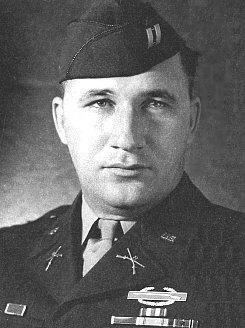 WW2 History of Europe
ww2 history
WW2 History of Europe
ww2 history
Story of Schroeder (Landing Utah Beach)
Listing Details
Description
On the eve of D-Day, June 6, 1944, Schroeder was a 25-year old Captain in command of the 219 men of Company F of the 2nd Battalion, 8th Infantry Regiment, 4th Infantry Division. The 8th Infantry Regiment was ordered to make the initial D-Day landing on Utah Beach as part of the invasion.
As they sailed to France from England on the night of June 5 aboard the Navy's USS Barnett on the rough English channel, they heard Supreme Allied Commander Gen. Dwight D. Eisenhower's exhortation to the troops over the radio, "Together, we shall achieve victory".Afterwards, the company commanders were summoned by the 2nd Battalion commander, Lt. Col. Carlton MacNeely, to Brig. Gen. Theodore Roosevelt, Jr.'s quarters for a final briefing before the invasion. When the meeting ended near midnight, Schroeder later recounted, the officers "wished each other well and shook hands", and MacNeely put his arm around Schroeder's shoulders. Addressing the young captain by his nickname, "Moose", MacNeely said, "Well, Moose, this is it. Give 'em hell!" Schroeder said they both "choked up" and he replied, "Well, colonel, I'll see you on the beach!" Roosevelt said, "Moose, take me in your boat when you go ashore".At 2:30 a.m. on June 6, Schroeder's company left the Barnett to board their LCVP landing craft. Before departing the Barnett to face the enemy, Schroeder wrote a letter to his wife: "I told her where I was, what I was about to do, and how much I loved her". At 6:28 a.m., two minutes ahead of the time set as H-Hour, Schroeder's unit was in the first wave of 20 LCVP's to disembark on Utah Beach. Schroeder's own assault boat, commanded by Navy Lieutenant (j.g.) Abraham Condiotti of Brooklyn, New York, was the first to hit the beach. In his boat were 32 men, including Gen. Roosevelt. Schroeder, one of more than 23,000 American soldiers to come ashore at Utah Beach, was the first American soldier to land on the beaches at Normandy on D-Day. He recalled to a television interviewer in 2008 that "80 percent of the guys on the boat were sick" due to the rough seas and, as his landing craft in the first wave neared the shore, Allied forces were still shelling Company F's designated landing site on Utah Beach. "They were dropping all those bombs on the place where we were going in" and his company had to disembark "without getting bombed by our own guys".
He held his .45-caliber pistol above the waist-high water as he waded the final 100 yards (91 m) from his landing craft to the beach. In the lead landing craft, he covered the remaining distance as quickly as possible due to enemy fire. The soldiers encountered machine gun fire from German pillboxes and artillery shelling, underwater mines, barbed wire, and trenches. His company's mission was to break up the enemy's fortified seawall and then liberate a village five miles inland. Half of his men were casualties and Schroeder himself was shot twice in the left arm. He was hospitalized in England and later in South Carolina and almost had his arm amputated due to the severity of his wounds. Asked later if he knew that he was the first soldier on the beach, he said, "I knew my company was in the first wave, but I didn't know I was actually going to be the first ashore. Besides, I was too scared to think about it".Afterwards, he was hailed in a Pentagon press release as "the first GI to invade Europe". The Baltimore Sun said of Schroeder afterwards, "when his boot touched French soil, it was a great moment in history". He earned a Silver Star, Bronze Star, and Purple Heart during World War II, in addition to numerous other decorations.

